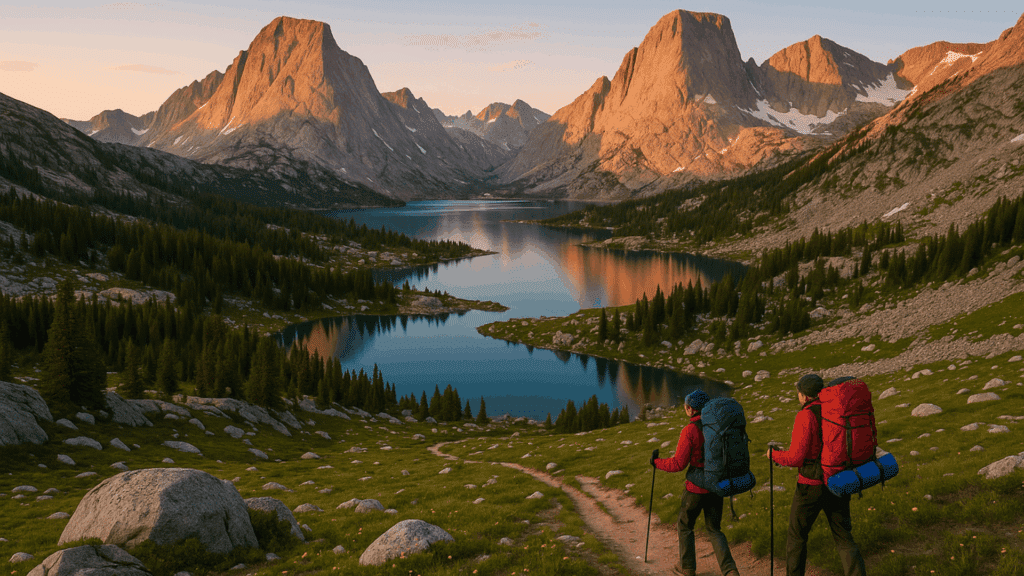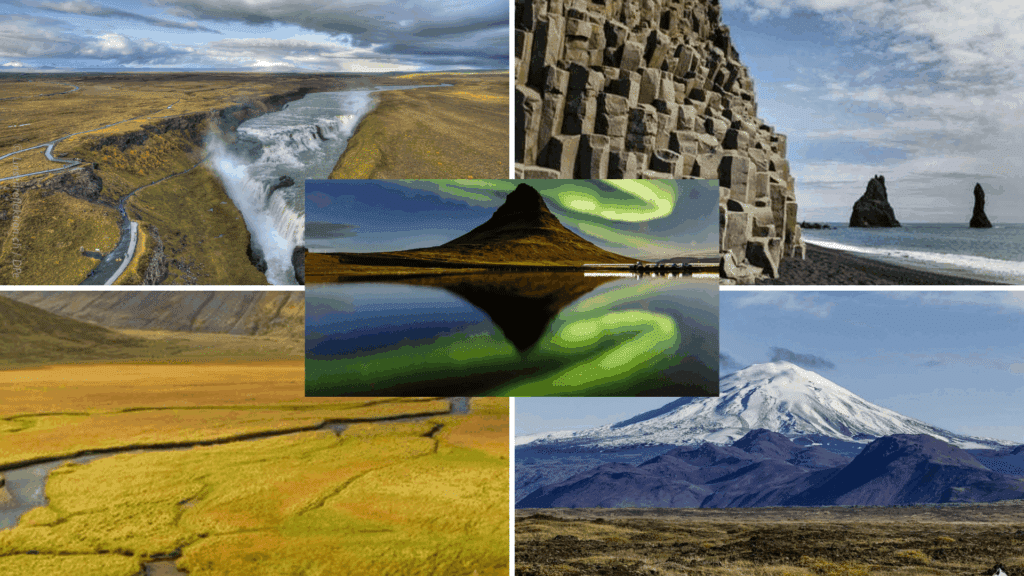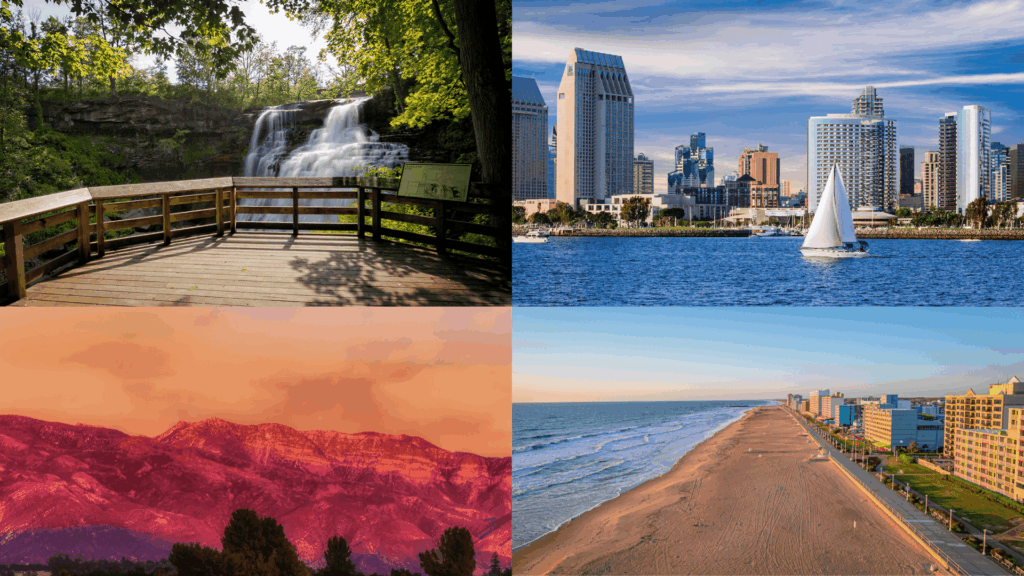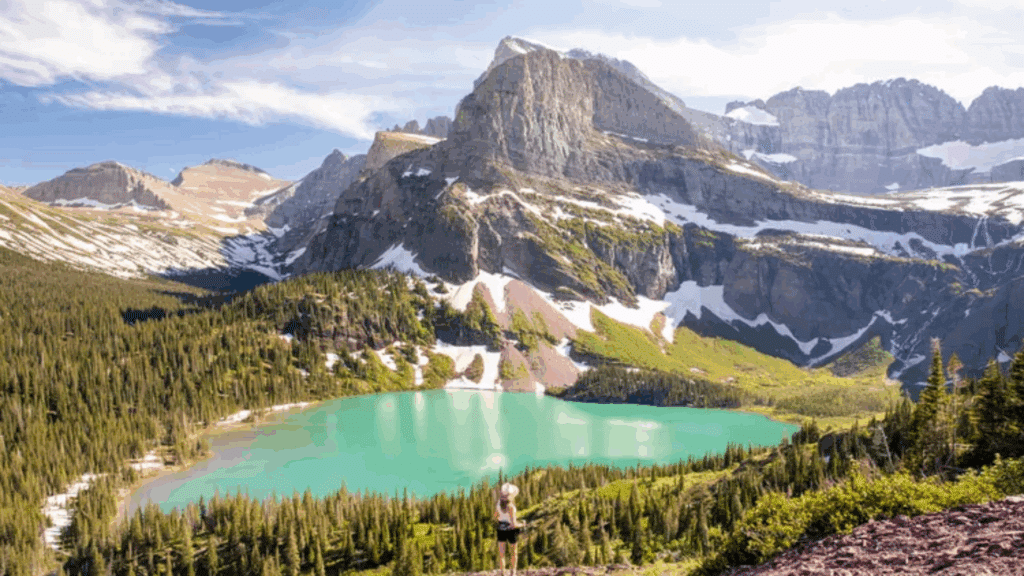Looking for the best Wind River Range backpacking adventures but feeling overwhelmed by endless trail options and conflicting advice online?
Most backpackers waste precious vacation days on mediocre routes because they can’t separate the truly spectacular hikes from the ordinary ones.
They end up with crowded trails, disappointing views, and that nagging feeling that they picked the wrong adventure.
Most hiking websites keep this secret about the Wind Rivers. This mountain range holds America’s breathtaking granite towers, crystal clear alpine lakes, and untouched wilderness areas.
Experienced backpackers quietly enjoy these Wind River Range backpacking gems while everyone else crowds overrated destinations.
The difference between an average mountain trip and an unforgettable wilderness experience often comes down to choosing the right route for your skill level and goals.
Why is the Wind River Range Perfect for Backpacking?
The Wind River Range stretches across 100 miles of Wyoming. This mountain range offers some of the best backpacking in America. It has over 40 peaks above 13,000 feet and 1,300+ alpine lakes.
What makes Wind River Range backpacking special?
- Granite spires that rival Yosemite’s formations
- Three wilderness areas with minimal crowds
- No permits needed for most areas
- Trail options for every skill level
- Excellent fishing and wildlife viewing
The range offers remote wilderness access without permit hassles. Many trailheads provide easy access. You can choose a weekend lake hike or a week-long mountain route.
6 Wind River Range Route Options
The six routes below cover every skill level from beginner to expert mountaineer. Each Wind River Range backpacking route offers unique granite formations and alpine lake experiences.
1. Cirque of the Towers Loop (24 mi, 3–4 days)
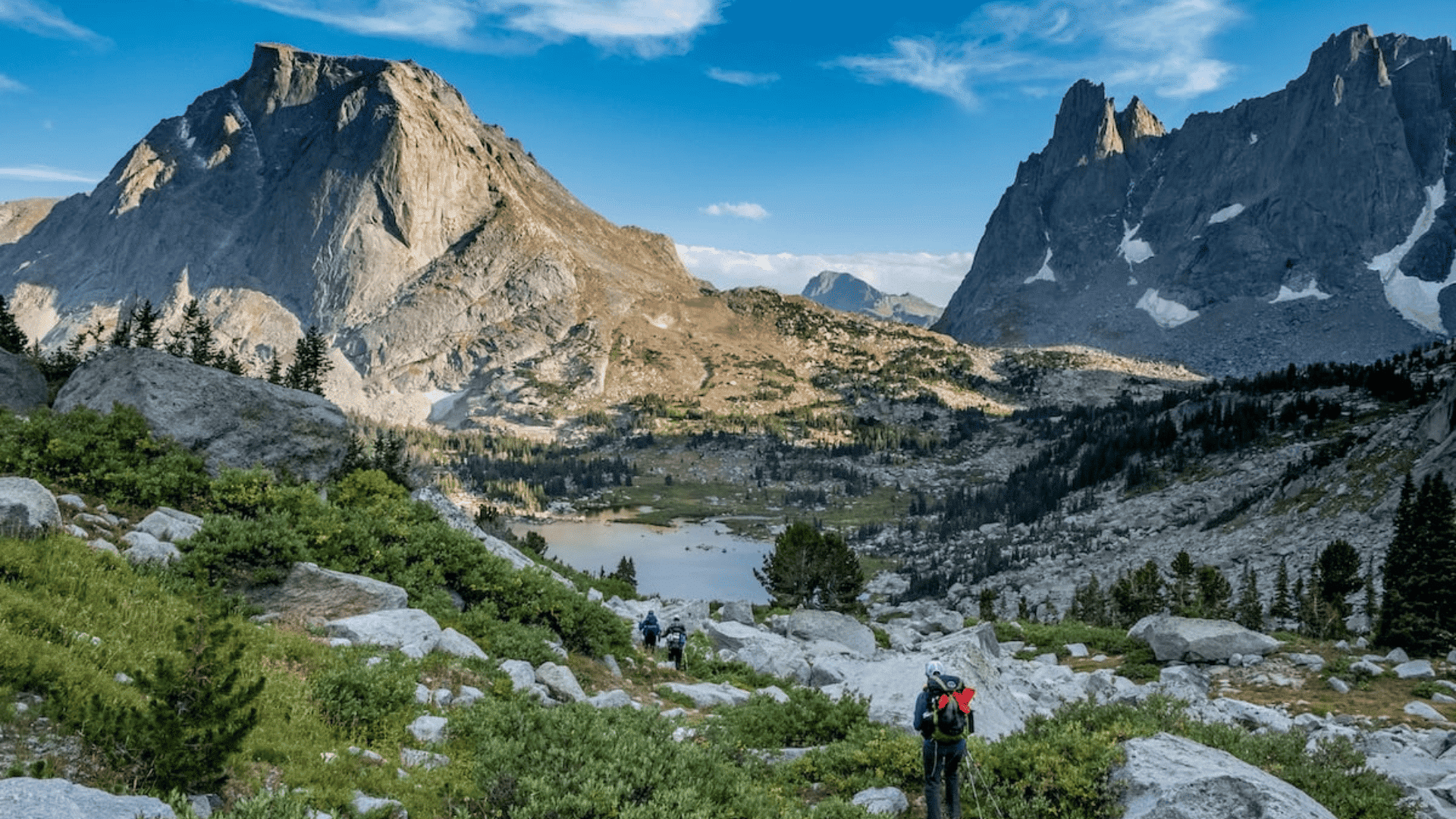
Image Source: Bearfoot Theory
The Cirque of the Towers Loop ranks as the most popular Wind River Range backpacking trip.
This 24-mile circuit showcases granite spires and alpine lakes that draw photographers from around the world.
Route planning starts with choosing your entry pass. Texas Pass offers a more accessible option with gentler grades and improved trail conditions.
Jackass Pass offers more challenge but rewards you with spectacular views early in the hike. Most hikers prefer Texas Pass for their first visit to reduce difficulty.
Route highlights that make this trip special:
- Famous granite towers like Pingora Peak and Shark’s Nose
- Mirror-like reflections in Lonesome Lake at sunrise
- Rock climbing chances on world-class granite
- Wildlife viewing with mountain goats on cliff faces
- Side trip to Deep Lake for additional solitude
Add an extra day to climb Pingora Peak or explore Deep Lake. These side trips extend your Wind River Range backpacking experience without major route changes.
2. Titcomb And Indian Basins (30–50 mi, 4–6 days)

Image Source: Reddit
This route takes you deep into the Wind River backcountry, starting at Green River Lakes. The trail leads to some of Wyoming’s cleanest wilderness areas.
This route works great for photographers and people wanting quiet. Morning light hits the granite peaks beautifully from most camping spots.
Plan extra time for exploring the upper basins where hidden lakes wait around every corner.
Route highlights worth the extra distance:
- Photographer’s Point offers panoramic views of Titcomb Basin
- Island Lake is surrounded by massive granite boulder fields
- Gannett Peak views from upper basin camping spots
- Indian Pass crossing into remote drainage systems
- Fremont Peak climbing access from Titcomb Basin
Water and camping need some planning. Creek crossings can be tricky early in the season when snowmelt runs high. Camp at established sites near Island Lake or in the upper Titcomb Basin, where wind protection is better.
3. Hailey–Washakie Circuit (35–41 mi, 4–5 days)
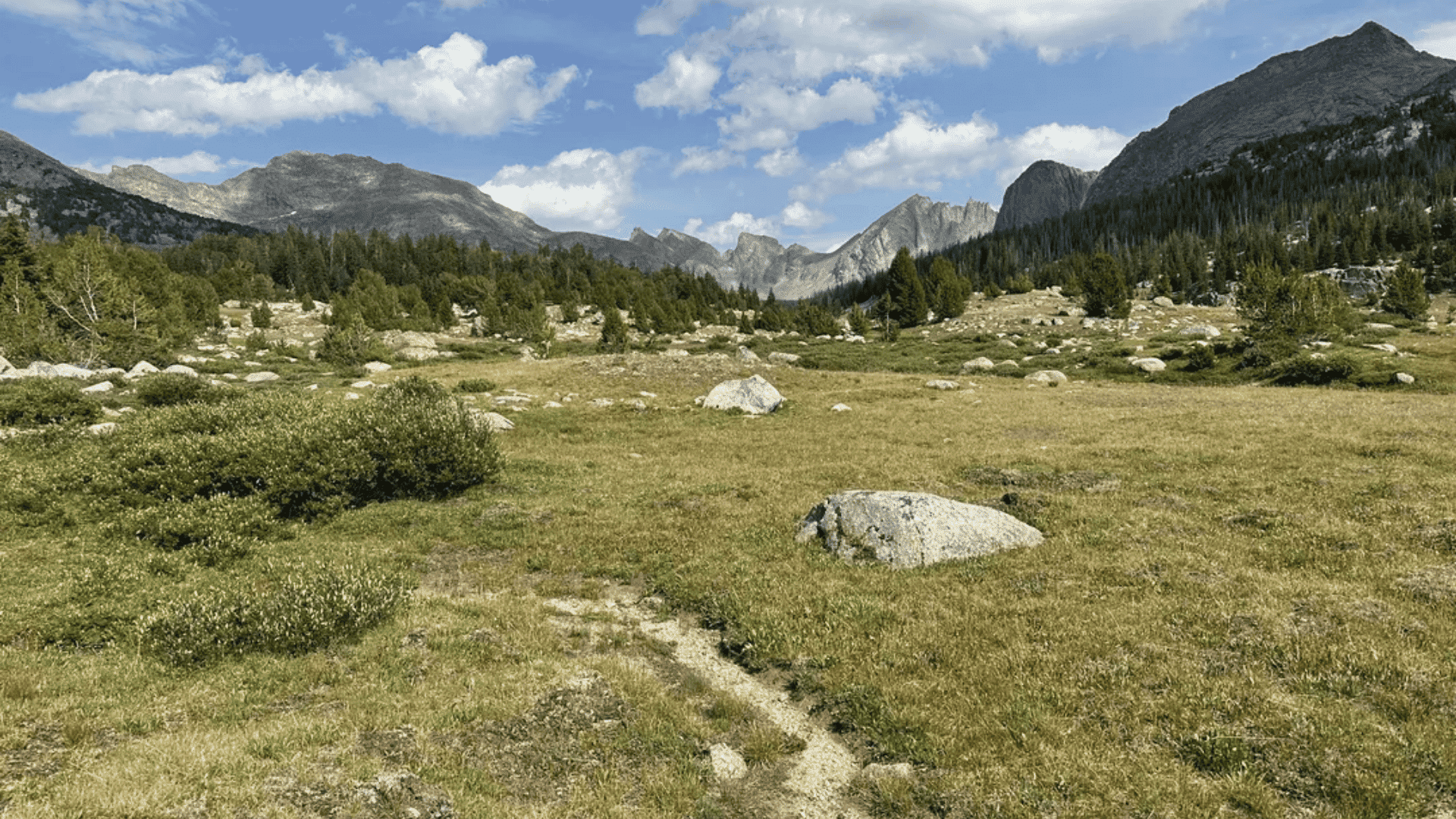
Image Source: AllTrails
This circuit provides a quieter alternative to the busy Cirque of the Towers. The route connects two drainages through high alpine passes while offering excellent fishing and fewer crowds.
Pick this route when you want quiet and clean camping spots. The fishing rivals anywhere else in the Wind Rivers. You’ll see more wildlife because fewer people visit.
Route highlights for solitude seekers:
- Atlantic Peak summit with 360-degree Wind River views
- Hailey Pass crosses through remote high alpine terrain
- Washakie Pass provides access to multiple 13,000+ foot peaks
- Golden trout fishing in clean high lakes
- Elk and moose viewing in undisturbed meadow systems
The trail stays well-marked throughout most sections. Creek crossings require extra care during the snowmelt season when water levels run dangerously high.
4. Green River Lakes to Squaretop (9–12 mi, 1–2 days)
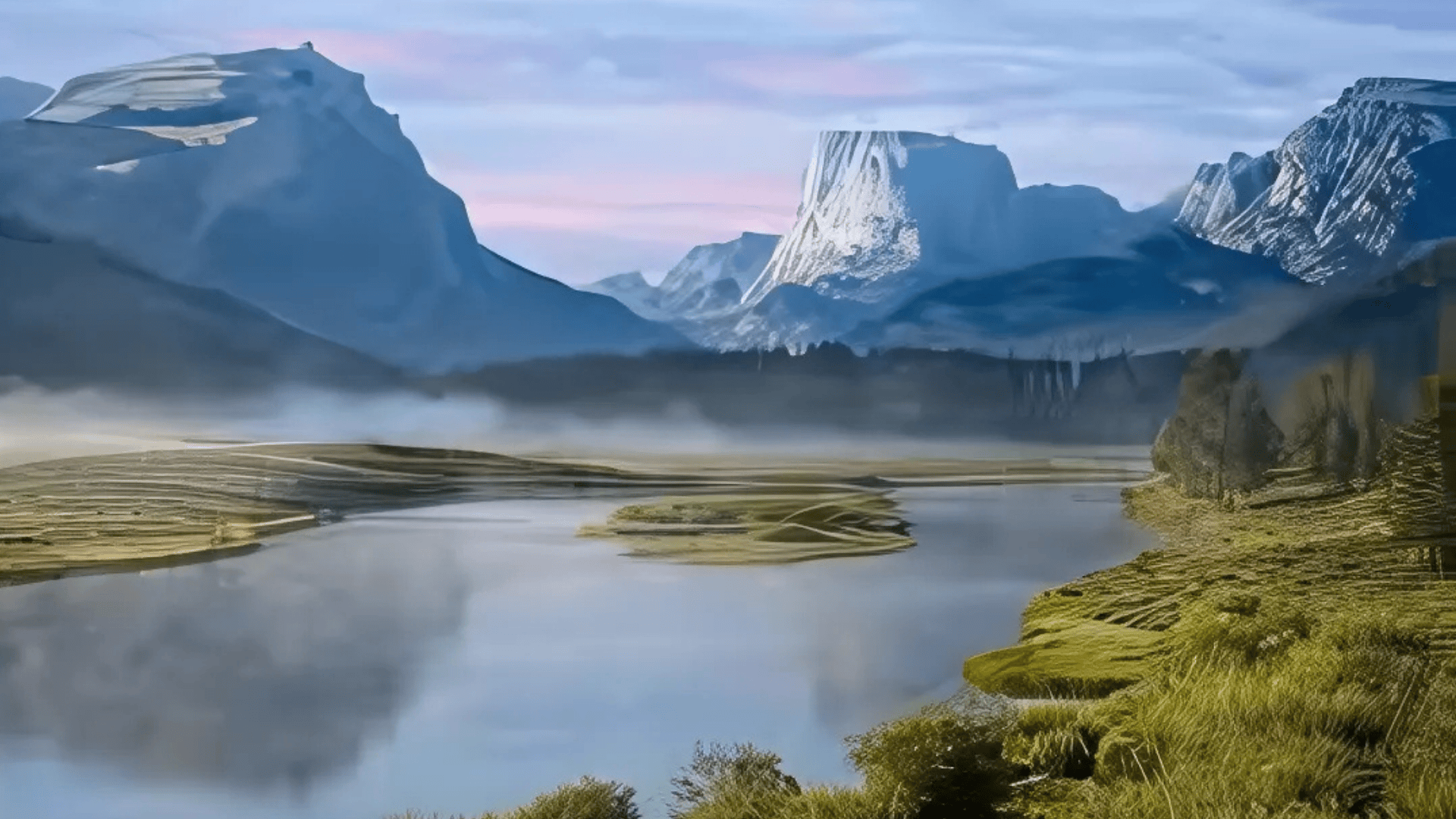
Image Source: Visit Pinedale
Perfect for families new to Wind River Range backpacking. This Continental Divide Trail section offers massive mountain views without technical challenges or dangerous terrain.
This route delivers big rewards for minimal effort. Well-maintained trails feature gentle grades suitable for children and beginning backpackers. Clear views of Squaretop Mountain provide photo opportunities throughout the entire hike.
Route highlights perfect for families:
- Famous Squaretop Mountain views dominate the skyline
- Continental Divide Trail experience without extreme difficulty
- Green River meandering through a classic Wyoming valley
- Wildflower displays in summer meadow systems
- Easy access to fishing spots for kids and beginners
Choose camping spots along the Green River for easy water access and natural wind protection. The valley floor provides flat camping areas on established sites that minimize environmental impact.
5. Glacier Trail to Gannett Peak (50 mi, 5–7 days)
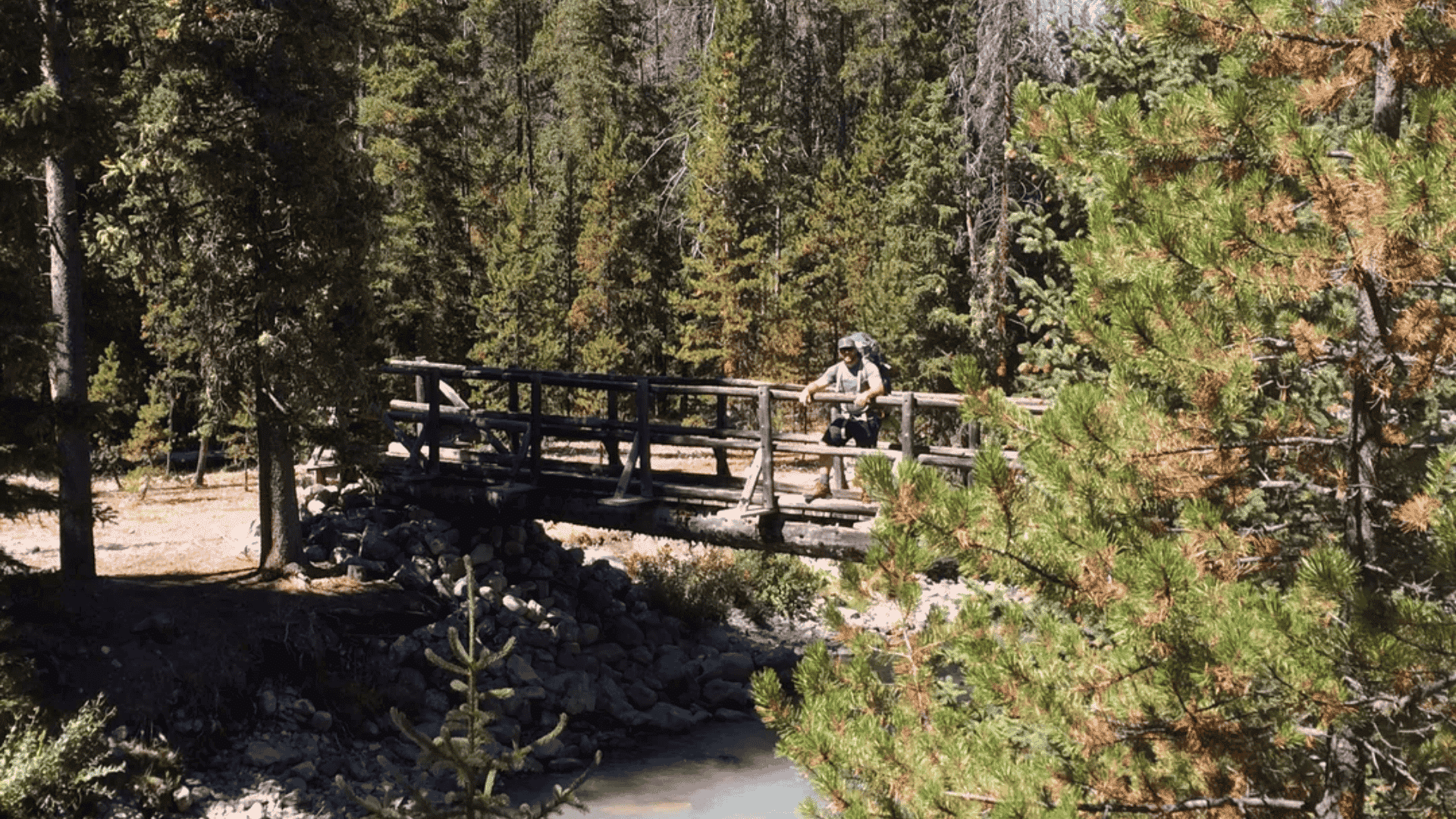
Image Source: AllTrails
Reserved exclusively for experienced mountaineers. This challenging route leads to Wyoming’s highest summit at 13,804 feet through technical glacier terrain.
The approach requires serious mountaineering skills and proper equipment. Glacier travel experience is mandatory, along with crevasse rescue training. Weather windows become critical for safe summit attempts in this remote location.
Route highlights for expert mountaineers:
- Wyoming’s highest summit is at 13,804 feet elevation
- Dinwoody Glacier traverse requires technical skills
- Gannett Glacier approach through crevasse fields
- Remote wilderness setting far from casual hikers
- Technical climbing on mixed rock and ice terrain
Check current glacier conditions before attempting this route. This Wind River Range backpacking trip demands thorough planning and multiple backup exit strategies for safety.
6. Wind River High Route (Selected Sections)

Image Source: Andrew Skurka
The complete high route spans 100+ miles of challenging off-trail travel. Most backpackers tackle shorter sections to experience this technical route without committing to the full distance.
Navigation skills are essential for any high route section. The route follows rock piles and needs cross-country travel. GPS devices and detailed maps become required gear.
Route highlights for advanced route finders:
- Temple Pass to Cirque, combining high route with established trails
- Indian Basin connections linking multiple scenic drainages
- Gannett to Fremont section with up-close glacier views
- Cross-country navigation through unmarked alpine terrain
- Access to remote peaks is impossible to reach via standard trails
These sections let you experience high route travel without committing to the full distance. You’ll maintain access to established trails for safer exit options if needed.
Getting to Wind River Trailheads
Planning your Wind River Range backpacking trip starts with choosing the right access point. Most routes share just three main trailheads, making logistics simpler than you might expect.
| Trailhead | Routes Available | Vehicle Needed |
|---|---|---|
| Green River Lakes | Titcomb & Indian Basins, Green River to Squaretop, Glacier Trail/Gannett, Some High Route sections | Any vehicle works |
| Big Sandy | Cirque of the Towers Loop | High-clearance recommended |
| Elkhart Park | Hailey-Washakie Circuit | High-clearance preferred |
Arrive at trailheads early during peak season for parking spots. Check road conditions after storms. Dirt access roads can become impassable. Pinedale serves as the main town with gear shops and supplies.
Wind River Range Safety and Gear
Both black bears and grizzlies live in the Wind Rivers.
Grizzly meetings remain rare but possible throughout the range. Mountain weather changes quickly regardless of forecasts. Most areas require no permits for overnight camping.
Critical safety and gear requirements for Wind River Range backpacking:
- Bear canisters are strongly recommended, or hang food 12+ feet high
- Store all scented items with food and cook 100+ yards from camp
- Pack weather layer, including insulation, a waterproof shell, and warm extremities
- Carry a GPS with offline maps, paper topographic maps, and a quality compass
- Bring an emergency communication device for remote areas
- No camping within 0.5 miles of Lonesome Lake
- Pack out all waste and camp 100+ feet from water sources
- Make noise while hiking and carry accessible bear spray
The Bottom Line
The Wind Rivers deliver everything serious backpackers want from a wilderness experience.
Remote granite peaks, pristine alpine lakes, and wildlife encounters await without permit hassles. Each route offers something different, whether you want family-friendly trails or technical mountaineering challenges.
Your Wind River Range backpacking adventure starts with picking the right route for your skill level.
These granite spires and crystal lakes will exceed expectations once you experience them firsthand. Proper planning rewards you with unforgettable memories that last a lifetime.
The Wind Rivers remain one of America’s best-kept wilderness secrets for very good reason.
Which Wind River route are you most excited to try? Share your backpacking plans or questions in the comments below.

